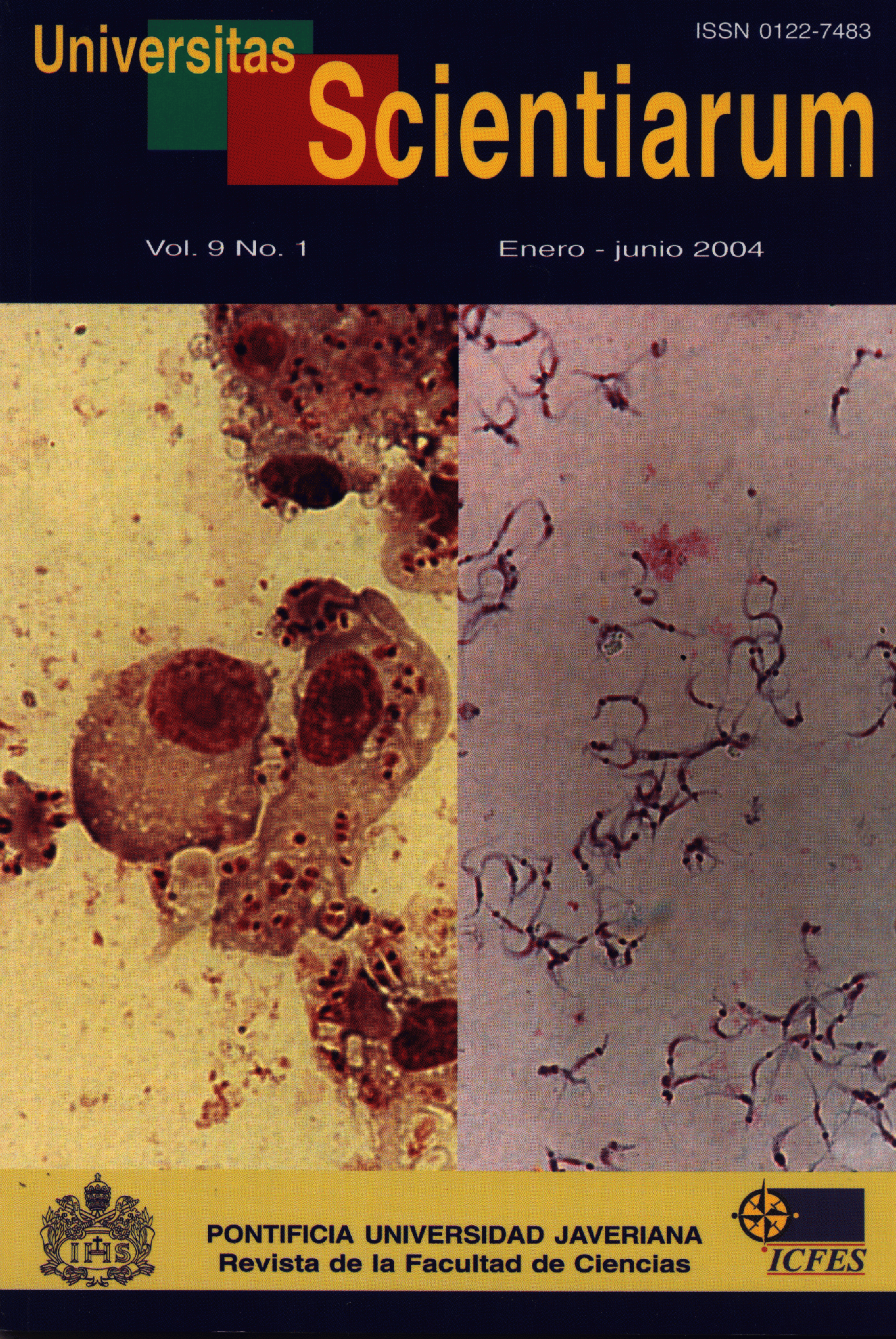Abstract
The flavonoid naringenin has been investigated as a possible vir gene inducer in Agrobacterium mediated transformation in Passiflora mollissima, P. giberti and Nicotiana tabacum cv. Xanthi. Thetransformation efficiency percentage of explants showing blue GUS expression and the extent of staining following inoculation with Agrobacterium tumefaciens strains EHA 105 and 1065, carrying gus and nptII genes was enhanced with the supplementation of the co-cultivation medium with naringenin. Supplementation of medium with 100mM (strain EHA 105) and 300 mM (strain 1065) naringenin was most effective at enhancing mean (±s.e.m., n=3) GUS activity in leaf explants (20.3± 2.4%, strain EHA; 105; 6.0 ± 0.57%, strain 1065) and nodal segments (16.7 ± 2.4% strain EHA 105; 8.3 ± 0.57% strain 1065) of P. mollissima. In P. giberti and N. tabacum maximum GUS activitywas obtained in leaf and root explants with 100mM naringenin for both strains analysed. Additionally, when naringenin was added to Luria Bertani (LB) medium, both bacterial growth via optical density and colony forming units were higher when compared to control. This is the first report of the use ofnaringenin to enhance gene transfer from Agrobacterium to plants. These findings suggest that naringenin can be used as an alternative to acetosyringone for vir gene induction in Agrobacterium. This approachmay be especially useful in plants that are generally recalcitrant to Agrobacterium-mediated transformation.Univ. Sci. is registered under a Creative Commons Attribution 4.0 International Public License. Thus, this work may be reproduced, distributed, and publicly shared in digital format, as long as the names of the authors and Pontificia Universidad Javeriana are acknowledged. Others are allowed to quote, adapt, transform, auto-archive, republish, and create based on this material, for any purpose (even commercial ones), provided the authorship is duly acknowledged, a link to the original work is provided, and it is specified if changes have been made. Pontificia Universidad Javeriana does not hold the rights of published works and the authors are solely responsible for the contents of their works; they keep the moral, intellectual, privacy, and publicity rights. Approving the intervention of the work (review, copy-editing, translation, layout) and the following outreach, are granted through an use license and not through an assignment of rights. This means the journal and Pontificia Universidad Javeriana cannot be held responsible for any ethical malpractice by the authors. As a consequence of the protection granted by the use license, the journal is not required to publish recantations or modify information already published, unless the errata stems from the editorial management process. Publishing contents in this journal does not generate royalties for contributors.



